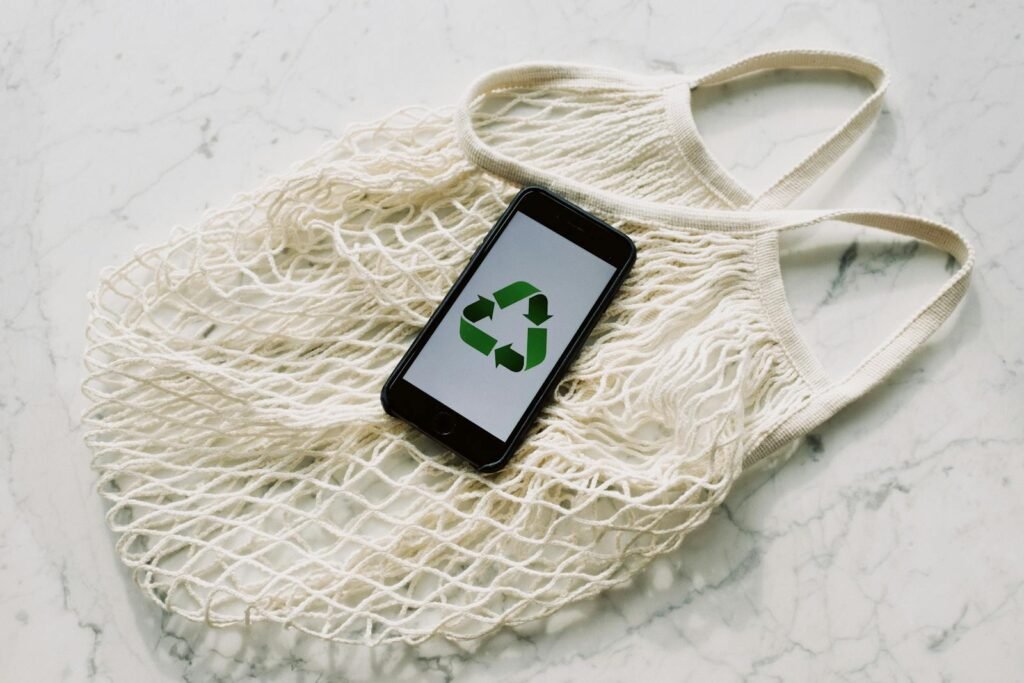Saving endangered animals is not just the responsibility of governments and large organizations. Each one of us can contribute to this noble cause in our own small ways. It’s about understanding the delicate balance of our ecosystems and recognizing that every creature has a role to play. Imagine a world where the roar of a tiger is just a distant memory, or where the flutter of a butterfly’s wings is an echo of the past. We don’t want that world, and the good news is, we can prevent it. Here are ten simple yet effective ways you can help save endangered species from the brink of extinction.
Educate Yourself and Others

Knowledge is power, and when it comes to preserving endangered species, being informed is crucial. Start by reading books, watching documentaries, and following credible wildlife organizations online. Share what you learn with friends, family, and your community. Hosting a wildlife awareness event or simply starting a conversation can spark interest and action. Think of it as planting a seed; you never know who might be inspired to join the cause. The more people know about the plight of endangered animals, the more likely they are to support conservation efforts.
Support Sustainable Products

Many products in our daily lives contribute to the destruction of natural habitats. By choosing sustainably sourced goods, you can help reduce this impact. Look for products certified by organizations that ensure sustainable practices, like the Forest Stewardship Council (FSC) for wood and paper. Avoid items made from endangered species, such as ivory or certain types of fur. Supporting businesses that prioritize sustainability sends a message that consumers care about the environment. It’s like voting with your wallet for a healthier planet.
Adopt, Don’t Shop

The pet trade can have devastating effects on wildlife populations. Instead of purchasing exotic animals, consider adopting a pet from a local shelter. Many animals are removed from their natural habitats to be sold as pets, which can lead to population declines. By adopting, you save a life and discourage the demand for wild-caught animals. Plus, you’ll experience the joy of giving a loving home to a creature in need. It’s a win-win situation for both you and the animal.
Reduce, Reuse, Recycle
This age-old mantra is more relevant now than ever. Reducing waste, reusing materials, and recycling can significantly decrease pollution and habitat destruction. Plastic waste, in particular, is a major threat to marine life. By minimizing your use of single-use plastics and opting for reusable alternatives, you can help protect ocean ecosystems. Recycling helps conserve resources and reduces the need for habitat-destroying mining and logging activities. It’s a small change with a big impact.
Volunteer for Conservation Projects

Volunteering your time can make a tangible difference in conservation efforts. Many organizations offer opportunities to work on projects aimed at protecting endangered species and their habitats. Whether it’s planting trees, cleaning beaches, or assisting in wildlife monitoring, your efforts contribute to a larger cause. Volunteering also provides a hands-on learning experience and a chance to connect with like-minded individuals. It’s a fulfilling way to contribute to the preservation of our planet’s biodiversity.
Use Less Water
Water is a precious resource, and conserving it can help protect habitats. Excessive water use can lead to the degradation of ecosystems, particularly in areas where water is scarce. By being mindful of your water usage, such as fixing leaks or using water-saving appliances, you contribute to habitat preservation. Consider the ripple effect; saving water in your home can lead to healthier rivers and wetlands, which are vital for many endangered species.
Speak Up and Advocate
Your voice is a powerful tool in the fight against extinction. Advocate for policies and legislation that protect endangered species and their habitats. Write to your local representatives, sign petitions, and support organizations that lobby for wildlife conservation. Public pressure can lead to significant changes in governmental policies. Imagine your voice as part of a chorus; together, we can create a symphony of change that echoes through the corridors of power.
Participate in Citizen Science Projects
Citizen science projects allow everyday people to contribute to scientific research. By participating in these projects, you help gather valuable data that scientists use to study and protect endangered species. Whether it’s tracking bird migrations or monitoring local wildlife, your contributions aid in conservation efforts. It’s a chance to be part of the solution and learn more about the natural world around you. Think of it as being a detective, uncovering clues to help save our planet.
Create Wildlife-Friendly Spaces
Transforming your garden or yard into a wildlife-friendly space can provide crucial habitats for local species. Plant native vegetation, set up bird feeders, and create shelters for small animals. Even a small space can serve as a refuge for wildlife. This not only helps local species thrive but also enriches your environment with the beauty of nature. It’s like creating a sanctuary, a safe haven where animals can find food, shelter, and safety.
Reduce Carbon Footprint

Climate change is one of the biggest threats to biodiversity. By reducing your carbon footprint, you help mitigate its impact on endangered species. Simple actions like using public transport, eating less meat, and conserving energy can make a difference. Think of it like turning down the temperature of a boiling pot; every little action helps reduce the heat. By making conscious choices, you contribute to a healthier planet for all its inhabitants.
Conclusion

In conclusion, saving endangered animals is a collective responsibility that requires individual actions. Each step we take, no matter how small, contributes to a larger movement aimed at preserving the rich tapestry of life on Earth. By educating ourselves, supporting sustainable practices, and making conscious choices, we become stewards of the natural world. Remember, it’s not about perfection but progress. Together, we can ensure that future generations inherit a world teeming with life and diversity.



